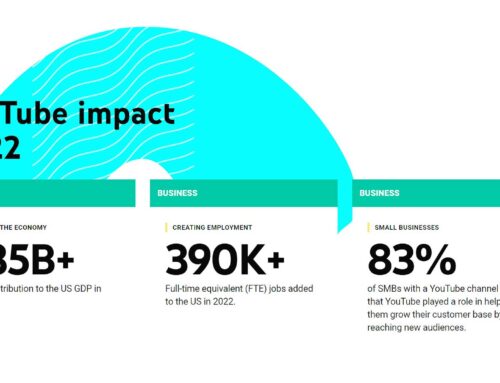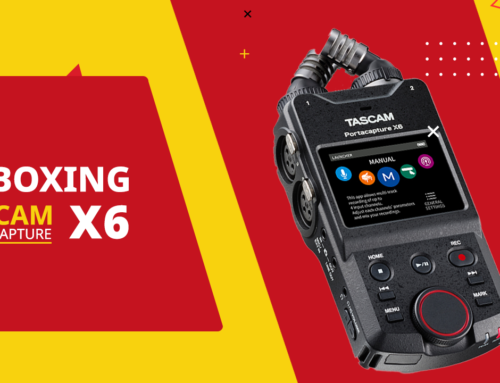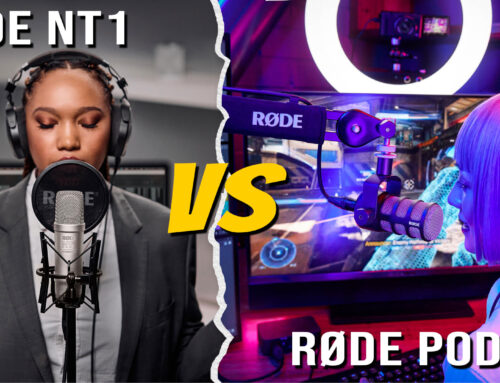Talking head videos are one of the easiest ways for small business owners to start a video blog. If you can put a camera on a tripod and hit record, you can make great talking head videos. In this video blog, I discuss my Top Five Tips to making better talking head videos to help you look and sound your best!
(Transcription)
Looking to take your talking head videos to the next level? I’m going to share five tips on how to do that in today’s video blog.
Hi there Internet fans, Ryan Perry here and in today’s video blog I want to share five tips to take your talking head videos to the next level.
And for me I love talking head videos. In fact, most of my videos are talking head videos. That is, it’s me just talking in front of the camera. And the reason why it is is that… well there’s a couple of reasons. One, it’s really simple to do. All I have to do is put a camera on a tripod hit record and I can actually shoot the video myself. The other thing is I love it from a visibility point of view. One of the great things about video, especially if you’re in business and service based business, is that when you get to talk professionally about your service it is a great way for people to get to know you. So much better than a written blog, in my humble opinion. There are a number of other reasons why I love talking head videos, but that’s not what this video is about. This is about how to make your talking head videos that much better.
And let’s start with tip number one. When I shoot my videos I like to use the ‘rule of thirds’. I don’t always hit it exactly, but I find that the rule of thirds is a really smart way to give a pleasing looking video to the end user. And what the rule of third is is that it’s a matter of breaking up the image both the horizontal image and the vertical image into thirds. So. if you think about the square box that I’m framed in. If we break it up, ideally a third line should go right through the center of my body up through my nose, and the third line is going to go right across my eyes. A lot of people end up talking in the middle of the videos and this is very centric which sounds normal, but it’s not quite as pleasing to the eyes as standing a little bit off to the side.
Tip number two has to do with variation. While some of you may enjoy watching me just talk and talk and talk. It can get a little bit boring. That’s one of the problems with these talking head videos is they tend to be a little stagnant and we need to mix them up a little. One of the ways we do that is by using this space to put text, to add images to emphasize what we’re saying. It’s one of the nice advantages of using the one third rule.
Another great way to mix things up is a tip number three. Now you can do this with multiple cameras. And that is, actually move around. I could be on this site. I can be on this side. I may get close. Maybe I’m looking over here to another camera and you get a ‘B’ shot. All that sounds really complicated. Instead what I recommend doing is in post-production, when you go to edit the video, is simply create a digital cut. So, here’s an example of where I’m at now – digital cut. And here I am. I haven’t actually moved, but digitally through the program I’ve zoomed in on myself and this creates a variance every couple of minutes, 30 seconds, a minute it doesn’t need to be exactly at a specific time. You just make that digital cut and move forwards and backwards.
The other great thing about digital cuts is a lot of times we mess up or we have to look at notes. I don’t shoot these videos all in one take. It would be great if I did. But the reality is I don’t I use these digital cuts to remove the ums,the ands, the pauses the places where I need to go look at notes.
Tip number four has to do with lighting or the lack of lighting. Lighting is really important for your videos. A little bit of light is going to make your videos look that much better. But even more lighting is going to make it look perfect. When it comes to lighting there’s a couple of tricks that you can use. One is using natural light. One of the problems with natural light is that it changes values throughout the day. Or, if the clouds move in, you can lose natural light. That’s one of the disadvantages. Additionally natural light when the sun’s at the peak can be very very harsh, it’s very bright. It has these really strong shadows and on video that doesn’t look very good. So, you always want to diffuse natural light as much as possible. There’s two typical ways that you can do that. One is, shoot in the shade. That way you have all this ambient light around you but it’s not falling directly on your subject. The other option is to use a sheer cloth typically white to diffuse that light. And it’s something you can place over a window in order to give you a very soft look.
Personally, I like to shoot indoors so that I can control the light. And the nice thing is I’ve got a light over here off camera, a light over here off camera and there’s even a light behind me at an angle that’s off camera. What’s really nice about this is I think I paid less than $200 for the light kit on Amazon. But, every time I go to shoot a video. All I have to do is turn the lights on and I know exactly how my videos going to look.
The fifth and final tip has to do with audio – onboard microphones. I’ve talked about microphones quite a bit in past videos. You can go ahead and check one out up here. Audio is just as important as good video and there’s a couple of ways that you can get good audio. You’re not going to get good audio from your onboard microphone so you either need to buy an external recorder or you need to purchase a camera that actually has a mic input. While you can get a microphone like this Rode stereo mic that actually mounts to the top of your camera. Typically, you’re going to be standing three to four feet away and the sound not going to be as good. Instead what I recommend doing is either getting a boom mic, which you can’t see because it’s out of frame or get one of these lapel mics. This is a wired mic that’s got a jack that plugs right into your camera. Lapel mic, boom, clip it on and you’re ready to rock and roll. This is less than $30.
One of the downside to a wired microphone is that it is a wire therefore it will be on the floor. If you’re not moving, which in talking head videos typically you won’t be. It’s not an issue. Just be aware it could be a tripping hazard.
Those are my five tips for creating talking head videos. Is there a tip in there that you think should have been in the top five that I didn’t include? I glad to hear about it in the comments below.
If you found this video helpful and you’d like to help me out feel free to leave a thumbs up and if you didn’t like the video go ahead, leave a thumbs down. My feelings won’t be hurt.
To get more helpful videos, be sure to subscribe to my channel by clicking the link here. And, then I think that’s it. But I’ve got 20 seconds for this end card and I don’t know. We’ll just wait. Go ahead over here. Click. I’ll wait.




Leave A Comment